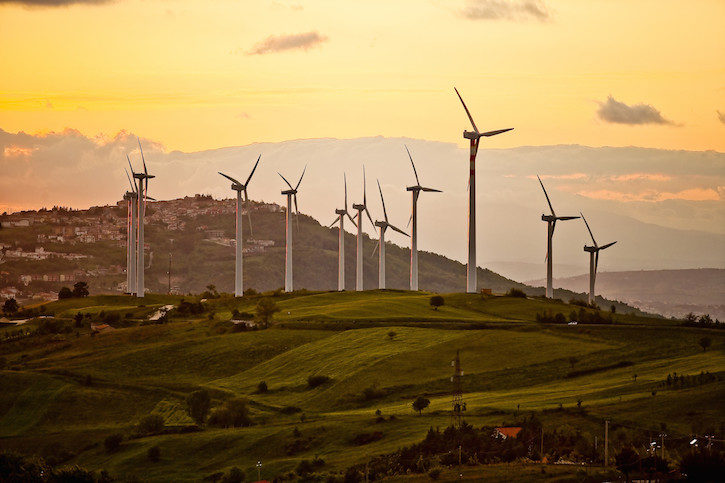By Anders Hove

Global investment in wind and solar continues to boom, and some areas of Europe and the United States already obtain substantial percentages of their electricity from these variable energy sources. Take Germany for example: for a few hours on some days in May this year, wind and solar provided as much as 85% of the country’s electricity. In all of 2015, wind and solar power met 25% of Germany’s electricity needs.
By contrast, China, while by far the leader in terms of renewable energy capacity and investment, still gets only a tiny fraction of electricity from wind and solar power. With 129 GW of wind and 44 GW of solar PV connected to the grid by the end of 2015, China leads the world in installed capacity for both sources of energy. However, wasted energy, called “curtailment,” in many regions remains in the double digits—as high as 30% in some places. Wind wastage alone led to an economic loss of RMB 16 billion (US$2.4 billion) in 2015. Astonishingly, the U.S. produced more wind energy in 2015 despite having only around half of China’s installed wind capacity.
Why is this the case? For starters, as detailed in a 2015 Paulson Institute power sector report, many of China’s wind and solar power facilities have been built in remote regions, making it costly and complex to transport the energy to large cities where it is needed. Because the challenge of integrating renewable energy is most acute and the overall wastage is greatest in the country’s far West and Northeast China’s experts tend to focus on those regions. Instead, a new Paulson Institute report recommends that China’s policymakers start with a more compact region where renewable energy supply and demand are closer, then replicate that solution in the rest of the country.
The region of Jing-Jin-Ji (Beijing-Tianjin-Hebei) seems ideal for piloting new policies on renewable integration. With its large population and highly developed heavy industry, it has a large demand for electricity. The region also has ambitious plans for scaling up renewable energy, especially for wind and solar to be built around the city of Zhangjiakou, to the West of Beijing. As co-hosts of the 2022 Winter Olympics, Zhangjiakou and Beijing are seeking to showcase clean energy technology. Zhangjiakou, which has wind resources, is focusing on renewable energy, while Beijing is promoting large-scale adoption of electric vehicles. What better way to promote clean energy than to explicitly link the two cities’ efforts, powering Beijing’s clean vehicle fleet with wind and solar from Zhangjiakou, just 200km away?
Getting renewables uploaded onto the energy system is a huge challenge worldwide. Among the difficulties: distorted pricing and dispatch structures, lack of transmission and distribution planning for renewables, and the problem of variability of wind and sunshine. But the good news is that there are now many regulatory experts around the world with experience changing grid operations to enable variable solar and wind energy to flow to where it’s needed.
The cases of Germany and Texas, highlighted in the new report, show that with the right policies, it is possible to reduce curtailment to as low as 1%. Based on insights from top international experts, the new paper makes specific policy recommendations to increase renewable integration across the Jing-Jin-Ji region, maximizing economic and environmental efficiency. Among them: improve coordination of transmission planning with renewable power additions; test a regional spot market across Jing-Jin-Ji; and expand dispatch to enable renewables to reach the entire region.
With vision and the right policies, Jing-Jin-Ji now has the opportunity to be a national, and even global model for renewable energy integration by the time the Olympic torch is lit in 2022.
Anders Hove is Associate Director of Research at the Paulson Institute.


